Aakash Repeater Courses
Take Aakash iACST and get instant scholarship on coaching programs.
The Assam Higher Secondary Education Council (AHSEC) conducts the Higher Secondary examination for class 12 students every year. As per AHSEC 12th eligibility criteria, students must have a minimum of 75% attendance in their 12th class to be able to appear in the final exams. More details on AHSEC 12th board exams are provided below:
More Details About Assam HS Examination 2026:
Latest: Aakash iACST Scholarship Test. Get Instant Scholarship
After 10+2: 50+ Entrance Exams | Best Courses
Aslo See: Online B.Sc | Online BA | Online BBA | Online BCA
| Full Exam Name | Assam Higher Secondary Educational Council Examination |
| Short Exam Name | Assam AHSEC |
| Conducting Body | Assam Higher Secondary Education Council |
| Frequency Of Conduct | Once a year |
| Exam Level | Intermediate |
| Languages | Arabic +3 more |
| Mode Of Application | offline |
| Application Fee | Offline : 200 |
| Mode Of Exam | offline |
| Exam Duration | 3 Hours |
To appear for Assam AHSEC exams 2026, students have to fulfill the following eligibility norms -
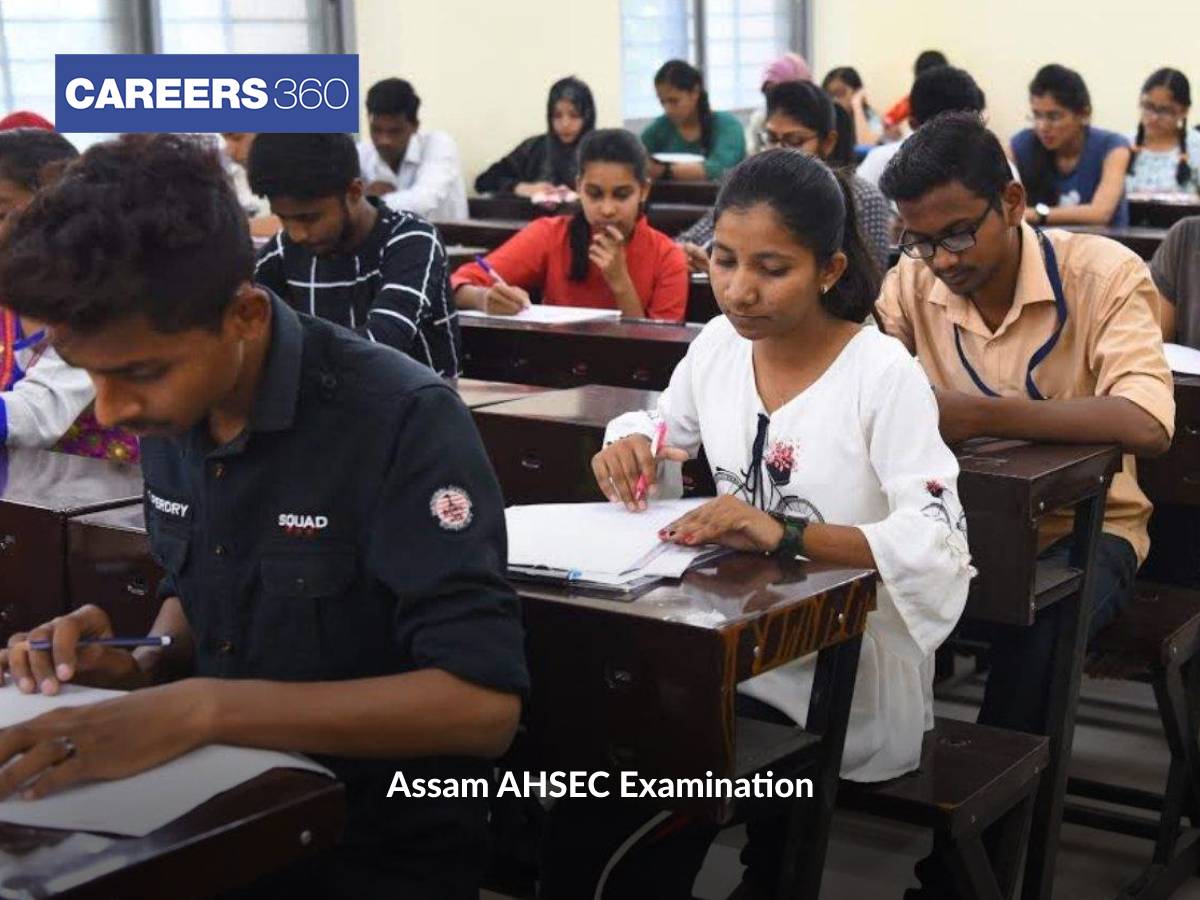
Students studying in class 12 in an institution affiliated to AHSEC can obtain the examination form from there schools/ colleges. They have to pay the required examination fee as directed by the school authority and submit the filled form along with specified documents to the school itself. The board will issue Assam AHSEC admit cards to students whose forms are accepted.
Download this ebook to learn about 50+ entrance exams for 12th students to get admission to the best colleges for undergraduates.
Download EBookTake Aakash iACST and get instant scholarship on coaching programs.
Students need to qualify for both the theory part and the practical part separately to pass the Assam HS exams 2026.
Knowing the Assam AHSEC exam pattern 2026 helps students to be familiar with the subject-wise marking scheme, the number, and types of questions asked in the exam. This, in turn, helps students to prepare for their exams effectively.
List of Modern Indian Language (MIL) Subjects:
List of Elective Subjects (Science Stream)
Alternative english: Unit 01
Alternative english: Unit 02
Alternative english: Unit 03
Persian: Unit 01
English: Unit 01
English: Unit 02
English: Unit 04
English: Unit 05
English: Unit 06
Psychology: Unit 01
Psychology: Unit 02
Psychology: Unit 03
Psychology: Unit 04
Psychology: Unit 05
Psychology: Unit 06
Psychology: Unit 07
Psychology: Unit 08
Psychology: Unit 09
Education: Unit 01
Education: Unit 02
Education: Unit 03
Education: Unit 04
Education: Unit 05
Education: Unit 06
Education: Unit 07
Logic and philosophy-logic: Unit 02
Economics-introductory microeconomics: Unit 01
Economics-introductory microeconomics: Unit 02
Economics-introductory microeconomics: Unit 03
Economics-introductory microeconomics: Unit 04
Economics-introductory microeconomics: Unit 05
Economics-introductory macroeconomics: Unit 01
Economics-introductory macroeconomics: Unit 02
Economics-introductory macroeconomics: Unit 03
Economics-introductory macroeconomics: Unit 04
Economics-introductory macroeconomics: Unit 05
Political science-contemporary world-politics: Unit 01
Political science-contemporary world-politics: Unit 02
Political science-contemporary world-politics: Unit 03
Political science-contemporary world-politics: Unit 04
Political science-contemporary world-politics: Unit 05
Political science-contemporary world-politics: Unit 06
Political science-contemporary world-politics: Unit 07
Political science-contemporary world-politics: Unit 08
Political science-contemporary world-politics: Unit 09
Political science-Politics in India since independence: Unit 01
Political science-Politics in India since independence: Unit 02
Political science-Politics in India since independence: Unit 03
Political science-Politics in India since independence: Unit 04
Political science-Politics in India since independence: Unit 05
Political science-Politics in India since independence: Unit 06
Political science-Politics in India since independence: Unit 07
Political science-Politics in India since independence: Unit 08
Political science-Politics in India since independence: Unit 09
Political science-Politics in India since independence: Unit 10
History-archaeology, ancient India and Assam through the ages: Unit 02
History-archaeology, ancient India and Assam through the ages: Unit 03
History-archaeology, ancient India and Assam through the ages: Unit 04
Sociology-Indian society: Unit 01
Sociology-Indian society: Unit 02
Sociology-Indian society: Unit 03
Sociology-Indian society: Unit 04
Sociology-changes and development in India: Unit 01
Sociology-changes and development in India: Unit 02
Sociology-changes and development in India: Unit 03
Sociology-changes and development in India: Unit 04
Sociology-changes and development in India: Unit 05
Geography-fundamentals of human geography: Unit 02
Geography-fundamentals of human geography: Unit 03
Geography-fundamentals of human geography: Unit 04
Geography-fundamentals of human geography: Unit 05
Geography-India: People and economy: Unit 01
Geography-India: People and economy: Unit 02
Geography-India: People and economy: Unit 03
Geography-India: People and economy: Unit 04
Geography-India: People and economy: Unit 05
Geography-Assam-land, people, and economy: Unit 03
Anthropology: Unit 01
Anthropology: Unit 02
Anthropology: Unit 03
Anthropology: Unit 04
Anthropology: Unit 05
Statistics: Unit 01
Statistics: Unit 02
Statistics: Unit 03
Statistics: Unit 04
Mathematics: Unit 01
Mathematics: Unit 02
Mathematics: Unit 03
Mathematics: Unit 04
Mathematics: Unit 05
Mathematics: Unit 06
Home science: Unit 01
Home science: Unit 02
Home science: Unit 03
Home science: Unit 04
Home science: Unit 05
Physics: Unit 01
Physics: Unit 02
Physics: Unit 03
Physics: Unit 04
Physics: Unit 05
Physics: Unit 06
Physics: Unit 07
Physics: Unit 08
Physics: Unit 09
Physics: Unit 10
Chemistry: Unit 01
Chemistry: Unit 02
Chemistry: Unit 03
Chemistry: Unit 04
Chemistry: Unit 05
Chemistry: Unit 06
Chemistry: Unit 07
Chemistry: Unit 08
Chemistry: Unit 09
Chemistry: Unit 10
Chemistry: Unit 11
Chemistry: Unit 12
Chemistry: Unit 13
Chemistry: Unit 14
Chemistry: Unit 15
Chemistry: Unit 16
Biology-Botany: Unit 01
Biology-Botany: Unit 02
Biology-Botany: Unit 03
Biology-Botany: Unit 04
Biology-Botany: Unit 05
Biology-Zoology: Unit 01
Biology-Zoology: Unit 02
Biology-Zoology: Unit 03
Biology-Zoology: Unit 04
Biology-Zoology: Unit 05
Geology: Unit 01
Geology: Unit 02
Geology: Unit 03
Geology: Unit 04
Geology: Unit 05
Business studies-principles and functions of management: Unit 01
Business studies-principles and functions of management: Unit 02
Business studies-principles and functions of management: Unit 03
Business studies-principles and functions of management: Unit 04
Business studies-principles and functions of management: Unit 05
Business studies-principles and functions of management: Unit 06
Business studies-principles and functions of management: Unit 07
Business studies-principles and functions of management: Unit 08
Business studies-principles and functions of management: Unit 09
Business studies-business finance and marketing: Unit 01
Business studies-business finance and marketing: Unit 02
Business studies-business finance and marketing: Unit 03
Business studies-business finance and marketing: Unit 04
Accountancy-accounting for not-for-profit organizations and partnership firms: Unit 01
Accountancy-accounting for not-for-profit organizations and partnership firms: Unit 02
Accountancy-accounting for not-for-profit organizations and partnership firms: Unit 03
Accountancy-accounting for not-for-profit organizations and partnership firms: Unit 04
Accountancy-accounting for not-for-profit organizations and partnership firms: Unit 05
Accountancy-company accounts and analysis of financial statements: Unit 01
Accountancy-company accounts and analysis of financial statements: Unit 02
Accountancy-company accounts and analysis of financial statements: Unit 03
Accountancy-company accounts and analysis of financial statements: Unit 04
Accountancy-company accounts and analysis of financial statements: Unit 05
Accountancy-company accounts and analysis of financial statements: Unit 06
Accountancy-computerized accounting system: Unit 01
Accountancy-computerized accounting system: Unit 02
Accountancy-computerized accounting system: Unit 03
Accountancy-computerized accounting system: Unit 04
Computer science and application: Unit 01
Computer science and application: Unit 02
Computer science and application: Unit 03
Computer science and application: Unit 04
Computer science and application: Unit 05
Banking: Unit 01
Banking: Unit 02
Banking: Unit 03
Banking: Unit 04
Banking: Unit 05
Banking: Unit 06
Banking: Unit 07
Insurance-fire insurance: Unit 01
Insurance-fire insurance: Unit 02
Insurance-fire insurance: Unit 03
Insurance-fire insurance: Unit 04
Insurance-marine insurance: Unit 01
Insurance-marine insurance: Unit 02
Insurance-marine insurance: Unit 03
Insurance-marine insurance: Unit 04
Engineering drawing: Unit 01
Engineering drawing: Unit 02
Engineering drawing: Unit 03
Engineering drawing: Unit 04
Engineering drawing: Unit 05
Engineering drawing: Unit 06
Engineering drawing: Unit 07
Multimedia and web technology: Unit 01
Multimedia and web technology: Unit 02
Multimedia and web technology: Unit 03
Multimedia and web technology: Unit 04
Biotechnology: Unit 01
Biotechnology: Unit 02
Biotechnology: Unit 03
Biotechnology: Unit 04
Biotechnology: Unit 05
Biotechnology: Unit 06
Entrepreneurship Development: Unit 01
Entrepreneurship Development: Unit 02
Entrepreneurship Development: Unit 03
Entrepreneurship Development: Unit 04
Salesmanship and advertising-fundamentals of salesmanship: Unit 01
Salesmanship and advertising-fundamentals of salesmanship: Unit 02
Salesmanship and advertising-fundamentals of salesmanship: Unit 03
Salesmanship and advertising-fundamentals of salesmanship: Unit 04
Salesmanship and advertising-fundamentals of salesmanship: Unit 05
Salesmanship and advertising-publicity and advertising: Unit 01
Salesmanship and advertising-publicity and advertising: Unit 02
Salesmanship and advertising-publicity and advertising: Unit 03
Salesmanship and advertising-publicity and advertising: Unit 04
Salesmanship and advertising-publicity and advertising: Unit 05
Economic geography-India: Unit 04
Economic geography-India: Unit 05
Economic geography-India: Unit 06
Economic geography-other countries: Unit 01
Economic geography-other countries: Unit 04
Commercial mathematics and statistics-commercial mathematics: Unit 01
Commercial mathematics and statistics-commercial mathematics: Unit 02
Commercial mathematics and statistics-commercial mathematics: Unit 03
Commercial mathematics and statistics-commercial mathematics: Unit 04
Commercial mathematics and statistics-commercial mathematics: Unit 05
Commercial mathematics and statistics-statistics: Unit 01
Commercial mathematics and statistics-statistics: Unit 03
Commercial mathematics and statistics-statistics: Unit 04
Commercial mathematics and statistics-statistics: Unit 05
Students can go through the following preparation tips to qualify for Assam HS exams 2026.
The unofficial Assam HS answer key is provided by various institutes immediately after the completion of each exam. The Assam 12th exam answer key is helpful to assess probable scores before the official AHSEC results are announced. Click on the link provided to get direct download links to the AHSEC 12th exam answer key for various subjects.
The Assam Board is expected to announce the Assam HS result 2026 in April 2026. After the result announcement, students can collect their original mark sheets from their respective schools in person. The result of the Assam AHSEC exams 2026 comprises of candidate’s name, roll number, subject-wise marks, overall score, and qualifying status.
Steps to check the Assam 12th result 2026:
03612551565
The AHSEC exams 2026 will be tentatively held in February-March 2026.
The Assam 12th date sheet 2026 will be released for final exams in November 2025.
No, students cannot apply for Assam HS exams as applications are accepted in online mode via schools only.
After passing Class 12 Assam HS exams, students should choose an undergraduate or diploma course among the courses after 12th to pursue higher studies.
Exam Date
24 Jun, 2025 - 16 Jul, 2025
Exam Date
01 Jul, 2025 - 17 Jul, 2025
Late Fee Application Date
01 Jul, 2025 - 15 Jul, 2025
Exam Date
08 Jul, 2025 - 22 Jul, 2025
Application Date
15 Jul, 2025 - 17 Jul, 2025
Exam Date
22 Jul, 2025 - 28 Jul, 2025
Application Date
30 Aug, 2025 - 30 Aug, 2025
Application Date
30 Aug, 2025 - 30 Aug, 2025
Application Date
30 Aug, 2025 - 30 Aug, 2025
Application Date
30 Aug, 2025 - 30 Aug, 2025
Application Date
30 Aug, 2025 - 30 Aug, 2025
Exam Date
26 Sep, 2025 - 26 Sep, 2025
The AHSEC 12th Exam is the Higher Secondary (HS) Final Examination conducted by the Assam Higher Secondary Education Council for students in Class 12 across various streams like Science, Commerce, Arts, and Vocational in the state of Assam.
If you missed the Assam AHSEC exam due to genuine medical emergency then you must contact your respective school authorities and talk to the Assam board immediately. Other than that, you will have to submit a medical certificate and an application for proof. After that, the board will decide and might allow you to take the special exam.
Yes, the Assam HS (Higher Secondary) exam will be held in 2025 from February 13 to March 17. Assam HS exams will be conducted in two shifts: morning (9:00 AM to 12:00 PM) and afternoon (1:30 PM to 4:30 PM).
No, students are not allowed to sit for the Assam HS exam without the admit card. The Assam board releases the Assam AHSEC admit card on the official website, ahsec.assam.gov.in, you can login and download it or you can also contact your respective school authorities directly for a replacement.
Hello,
The eligibility for engineering candidates are 1) they must have scored at least 60% in class 12. 2) Candidates must have completed their 12th in science stream with maths, physics and chemistry as a part of their subjects.
You do not need to reappear for all the exams. You can appear only for the subjects that are main in the eligibility for engineering. The main subjects are Physics, Chemistry and Maths. You can appear for these examinations only and also if you are sure that these subjects plus the other subjects included will give you a percentage of more than 60% then you don't have to give any other exam.
I hope this helps,
All the best
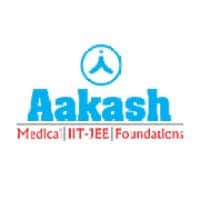
Take Aakash iACST and get instant scholarship on coaching programs.
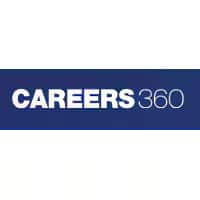
This ebook serves as a valuable study guide for NEET 2025 exam.
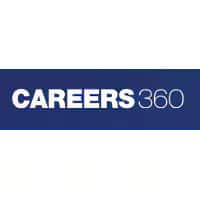
This e-book offers NEET PYQ and serves as an indispensable NEET study material.
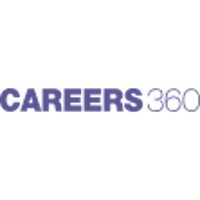
As per latest syllabus. Physics formulas, equations, & laws of class 11 & 12th chapters
As per latest syllabus. Chemistry formulas, equations, & laws of class 11 & 12th chapters
As per latest 2024 syllabus. Study 40% syllabus and score upto 100% marks in JEE